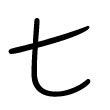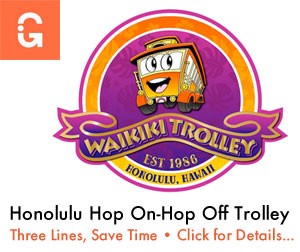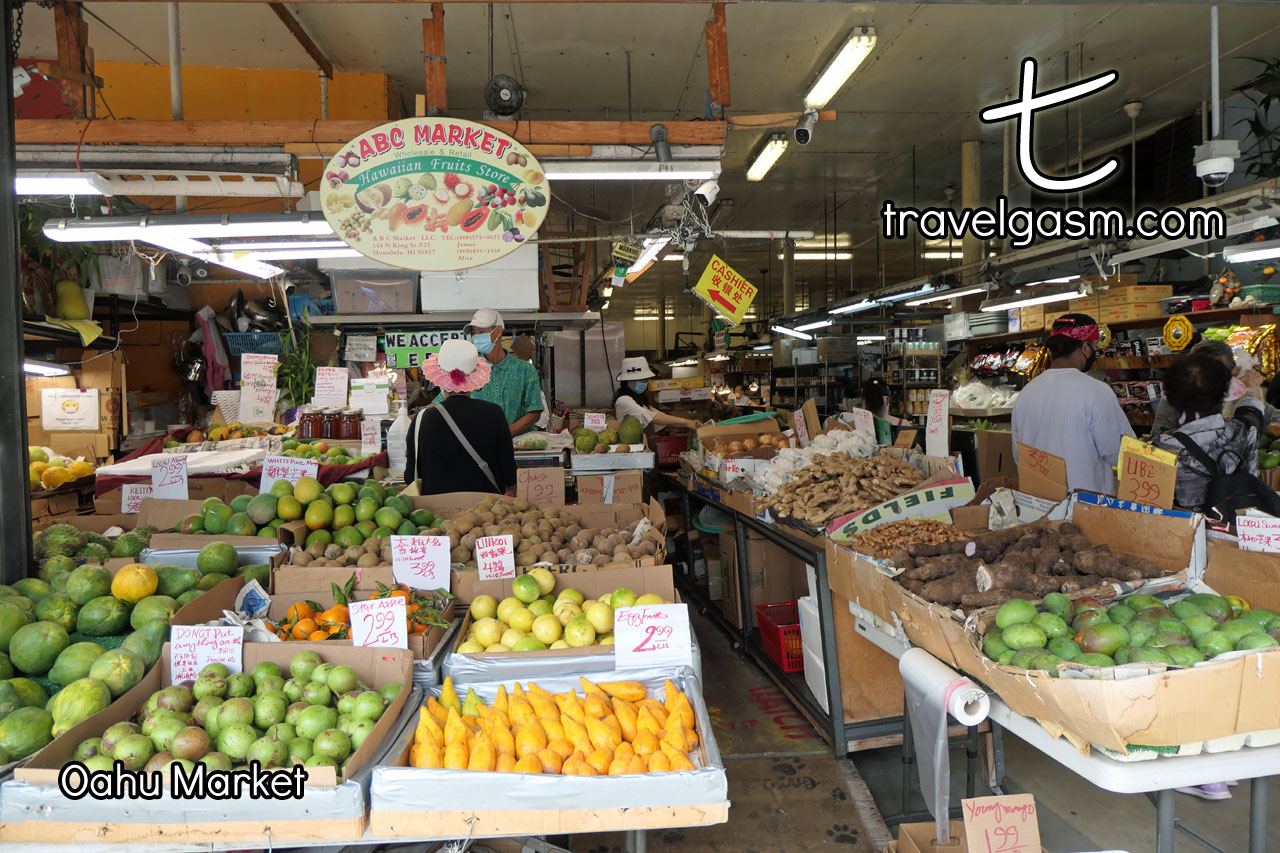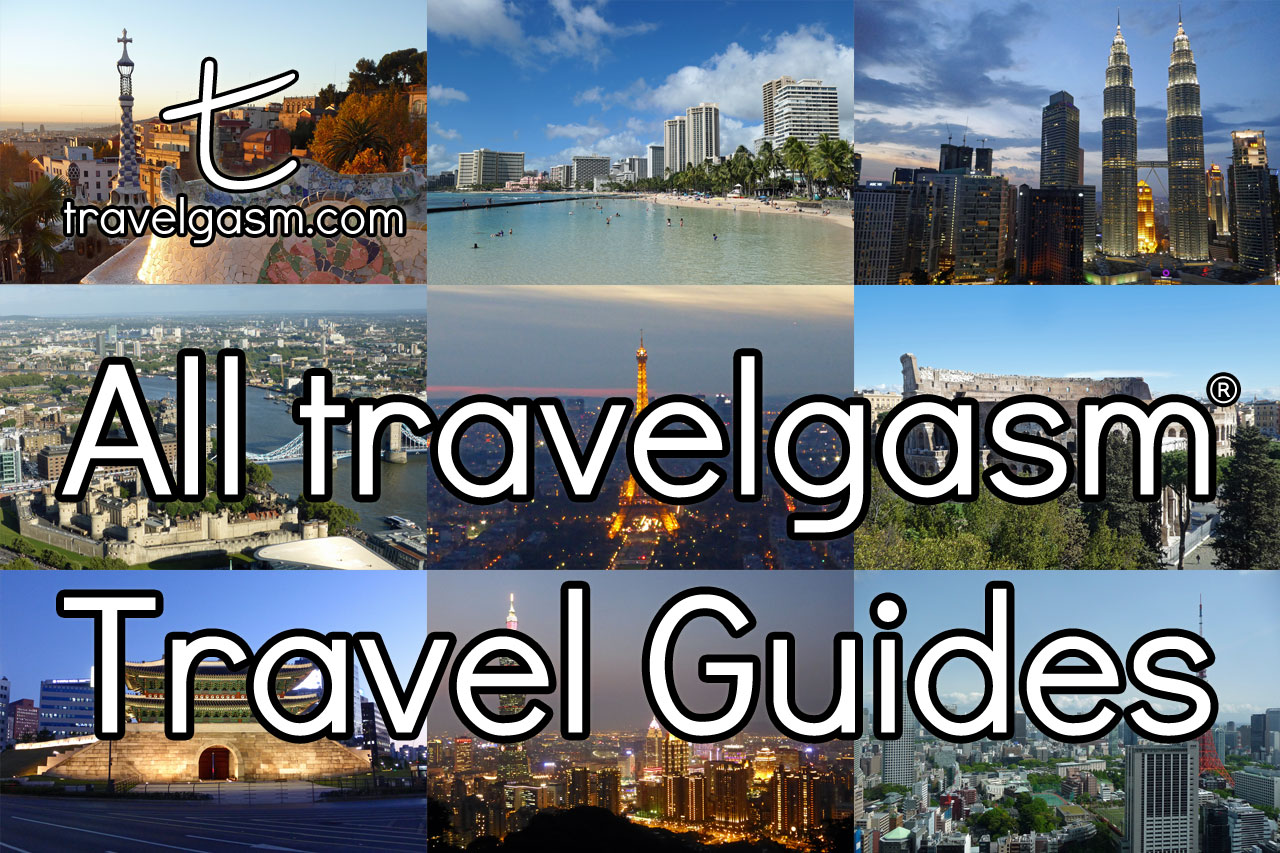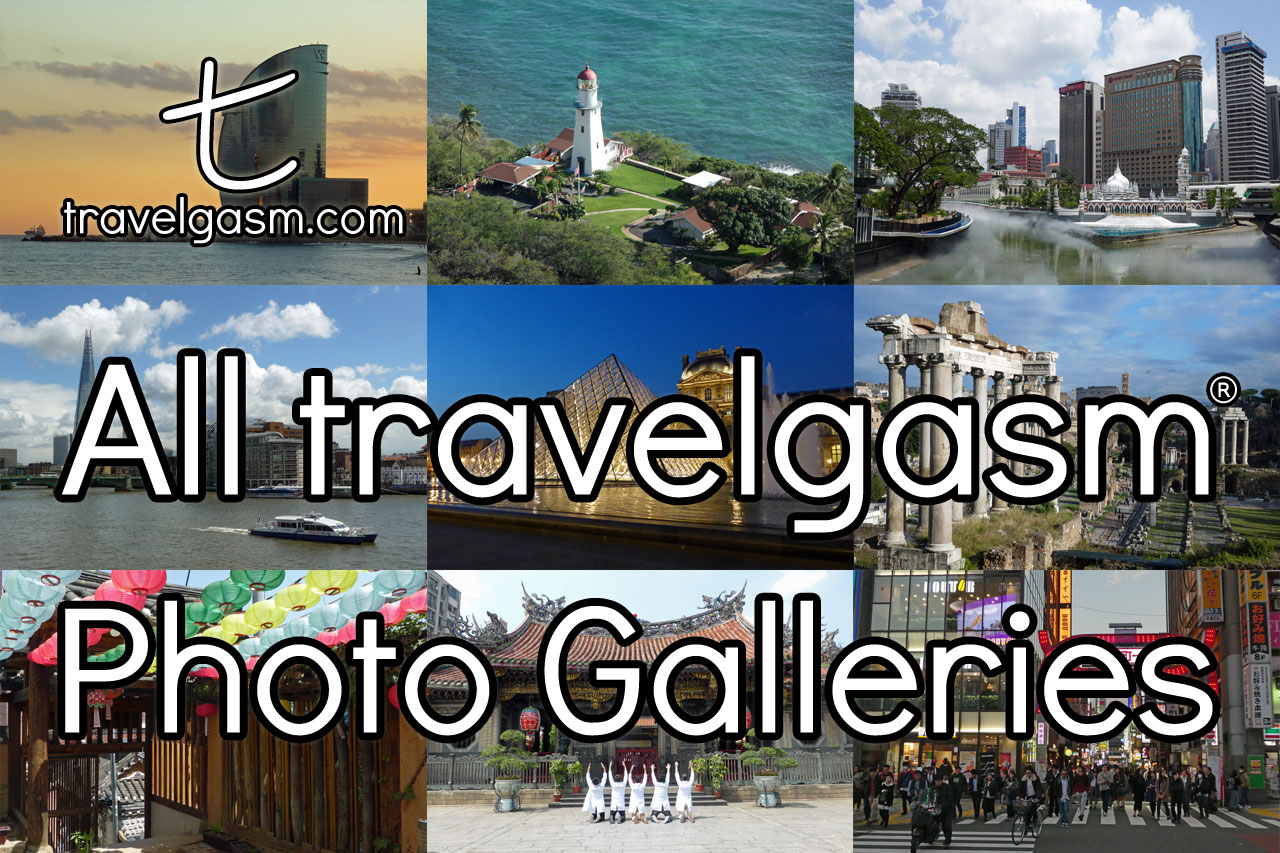Cities > Honolulu > 7 Things Tourists Do in Honolulu That You Should Do Also...
7) Follow the Fort
Downtown Honolulu: Aloha Tower to Fort Street Mall to Chinatown
2023 Travel Update: As of 2023, Hawaii is open for tourism by both vaccinated and unvaccinated US citizen travelers without Covid-specific documentation or testing. It also essentially is open to vaccinated non-US citizen travelers with proof of vaccination but no additional testing although some exceptions apply. Nevertheless, be sure to double check the official state of Hawaii requirements and national CDC requirements for up-to-the minute details.
With a mix of historic stone and brick buildings and modern glass towers on a mostly small-scale street grid, Downtown Honolulu — sometimes referred to just as the Central Business District — structurally is one of the nicest areas for a stroll in the city.
At least compared to the resort district of Waikiki, downtown gets far less attention from tourists. In fact, travelgasm.com's favorite street in the area — Fort Street — had barely a mention on the big tourist advisory sites at the time that we first published this piece.
Accordingly, we very well could have considered Fort Street one of our forthcoming "7 Things Tourists Don't Do in Honolulu, But You Should," but the street provides the most convenient walk between the famous Aloha Tower and more popular Chinatown neighborhood, so we have rolled them together in a logical route.
Aloha Tower & Aloha Marketplace
Built in 1926, Aloha Tower is an attractive former lighthouse that once welcomed just about all passenger ships to Honolulu. The pier — now Pier 11 — still accommodates some smaller cruises.
Aloha Tower provides a nice viewpoint over the shipping channel and downtown Honolulu, but it has been closed for years now. It is hoped that it will reopen before too much longer. The tenth-floor observation deck once was free.
The surrounding Aloha Marketplace shopping complex — built in 1994 as part of a harbor revitalization project — struggled for years and changed ownership several times before finally becoming the Downtown Campus of Hawai'i Pacific University. HPU now mixes classrooms, dorms, and retail in the same complex.
Shops have thinned in recent years and some former retail spaces now are classrooms. The pandemic added further hardship — one famous restaurant closed after 26 years in business — but there still are some places to shop and eat in the complex, including the well-regarded Old Spaghetti Factory for Italian food, Aloha Tortilla Factory & Cafe for Mexican tacos (our favorite tacos in Honolulu), and a branch of the local Teapresso chain for organic coffee and good boba tea.
Stroll Fort Street
Fort Street — so named because it once was part of a Russian fort demolished in the 1800s — has been a people-only walking street since 1968. Structurally, it is not that dissimilar from La Rambla in Barcelona. Unfortunately, unlike La Rambla, Fort Street is in the middle of what now is a much more car-dependent city. Consequently, it currently does not have enough ground floor retail or foot traffic to reach its full potential.
As is, Fort Street still can be a pleasant area for a stroll and shopping, though. It's definitely targeted to locals — its largest retailer is a two-story Wal-Mart — but the best time to go whether you live in Honolulu or are just visiting is on Tuesday or Friday mornings from 7 AM to 1 PM. During this time, Fort Street is transformed into an "Open Market" with dozens of stalls selling everything from clothes and jewelry to prepared foods and fresh produce. It's an opportunity to purchase souvenirs that are perhaps more interesting than typical tourist tat in Waikiki and must have the lowest prices for organic fruit and veg in Honolulu, as well.
There also are a cluster of cheap Asian restaurants on the mauka end of Fort Street — toward the mountains (to your right from our suggested bus stop) — including the well-known Fort Street Cafe, with its pan-Vietnamese/Thai menu. These hole-in-the-wall joints definitely are not fancy, but they are a good escape from Waikiki prices.
Improving Aloha Marketplace to Fort Street
Although the decline of ocean passenger travel also contributed, the biggest problem with Aloha Marketplace and Fort Street alike is that during WWII, the terrible Nimitz Highway/Ala Moana Boulevard was built. This highway severed the connection between Aloha Tower and Fort Street.
To this day, tourists commonly disembark from a cruise ship by Aloha Tower or hop off the Waikiki Trolley on Ala Moana Boulevard, see little to encourage them to explore, and go elsewhere. Ala Moana Boulevard is an eight-lane freeway; bad enough on its own. There also essentially is a dead block in both directions — a car park makai (toward the sea/Aloha Tower) and a couple of nondescript, unwelcoming financial towers mauka (toward Fort Street proper) — which doesn't help, either. Look beyond the highway — literally — and you will find the area to be much more interesting in either direction.
If Honolulu wants to unlock the proper value of Aloha Tower and Fort Street alike, it needs to complete the missing block of the walking street, add kiosks or food trucks in front of the financial towers to make it clear that the walk continues in that direction, and add a full street-width crosswalk — properly protected and attractively colored — to re-stitch the walk. Maybe some day Honolulu could bury this freeway entirely. We look forward to seeing improvements. Until then, don't miss out; look closely.
Walk Hotel Street through Chinatown
From the 1920s to the 1980s or so, Hotel Street in Chinatown was Honolulu's notorious red-light district where sailors on shore leave could get famously "stewed, screwed, and tattooed." Hotel, in this case, simply was a euphemism for brothel, although the street had plenty of dive bars and strip clubs, as well. One of the most famous venues, Club Hubba Hubba — established in 1947 — hit its apex in the 1960s but struggled through the 1980s as the neighborhood apparently managed to get so dodgy that even strip club patrons increasingly were scared away. It finally closed its doors in 1997.
Following several decades of effort to clean up the area — both in terms of its retail offerings and the clientele — Hotel Street and Chinatown are not nearly as suspect as they once were. The brothels and strip clubs are long gone and trendy restaurants, cafes, and galleries have begun to take their place. The streets themselves also can be quite nice for a walk, often attractively finished and flanked by trees. Nevertheless, the district still is sketchy; there is significant open alcohol and drug abuse.
Now is a good time to remind you that travelgasm.com, and the author thereof, are not legally responsible for you in any way in Chinatown or anywhere else, and you always should be vigilant about your safety.
We strongly recommend that you visit Downtown Honolulu in the morning. If you visit during the morning, stick to the main streets on our map below, and don't go looking for trouble; you are not much more likely to find it than you would in Waikiki. We would suggest avoiding Fort Street, Hotel Street, or Chinatown after dark.
If you want to get some idea of what was just about the cleanest option in the party scene back in the day and at least what property owners in the area would like it to become; a good pair of establishments to see are Smith's Union Bar and The Manifest, on opposite sides of Hotel Street from each other.
Smith's Union Bar, established in 1935, is Honolulu's oldest bar and proudly a dive with cheap beer and bad karaoke. The Manifest, founded in 2009, has fancy coffee and cocktails as well as a full menu with avocado toast and bacon-wrapped dates. Both not only are open late, but also they open early, with Smith's Union Bar at 6 AM for the most dedicated of daytime drinkers and The Manifest at 10 AM for coffee and food.
For a proper Chinatown experience, you can keep walking on Hotel Street for a couple more blocks to reach the Kekaulike Mall, another short walking street. This street contains the Kekaulike Market and Oahu Market — Asian markets with fresh and prepared foods. Further improvements to Kekaulike Mall are planned to tie it into the future Holau (Chinatown) HART light rail station, too.
For a meal, popular restaurants open for breakfast or lunch in Chinatown include the Sing Cheong Yuan Chinese-style bakery (try the egg tart), Mei Sum Dim Sum for Chinese, and Olay's for Thai-Lao.
Below, we have mapped out the most straightforward routes from a convenient bus stop to Fort Street, Fort Street to Aloha Tower, and Hotel Street to the heart of Chinatown.
How to Get Here: Downtown is well served by TheBus routes. A convenient option for Fort Street is to take TheBus route 1, 2, 3, 9, or 13 to S. Hotel Street and Bishop Street (Stop 128). As a visitor in Honolulu, route 2 or 13 from Kuhio Avenue in Waikiki likely will be the most logical; stand on the mauka side of the street — toward the mountains — to go toward downtown.
travelgasm.com's Downtown Honolulu, Fort Street, & Chinatown Map (Full Screen)
Cities > Honolulu > Honolulu Best 7 > Next: Honolulu Photo Gallery... >>
Like Downtown Honolulu or Chinatown? Tell your friends and frenemies on social media that you discovered them first:
Intelligent and good-looking readers of travelgasm.com like you also sign up for our free monthly-ish mailing list.
Live in Honolulu? What tourist attraction do you most like to share with visitors? Spotted anything out-of-date or inaccurately translated? Please tell travelgasm.com. Mahalo! Thanks!
